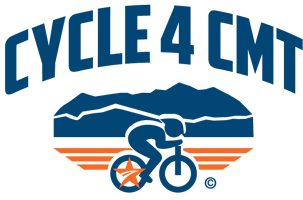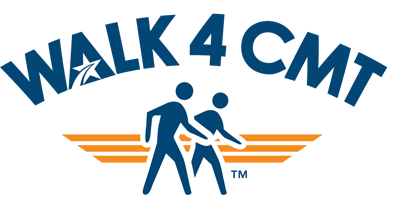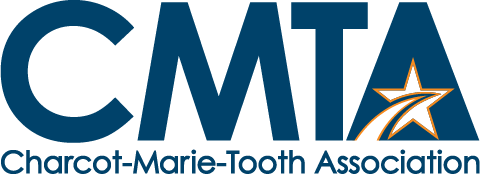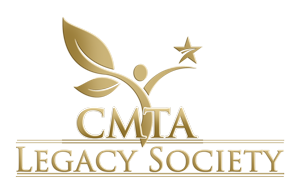INTRODUCTION
- Charcot-Marie-Tooth Disease (CMT) is the most common inherited neurological condition, affecting one in 2,500 people or 150,000 in the United States and 2.8 million people worldwide.
- Due to damage to the nerves, it causes progressive weakness and wasting of muscles in the lower arms and legs. It is hereditary and there is no cure.
- It is important for a teacher to be familiar with how CMT can affect a child’s school experience.
- Being aware of CMT and its effects can help teachers and parents support the child’s school involvement, making it easier on the child and the school.
- CMT does NOT cause learning difficulties; however, a child may experience a variety of symptoms such as limitation in coordination, fatigue, pain, tremors, anxiety and emotional factors related to having a disability.
Effects of Muscle Weakness
CMT looks different in every child. Some effects you may notice may include:
- The way the child walks walk and apparent clumsiness.
- Use of orthotics or leg braces.
- Frequent falls, tripping over their feet, sometimes fall-related injuries.
- Trouble negotiating stairs/ramps and keeping up with their peers in physical activities.
- The need for mobility aids such as a wheelchair or crutches.
- The rate of CMT’s progression varying from one month to another or from year to year.
Due to CMT’s progressive nature, it is very important to note any changes in a child’s ability to do various activities and make accommodations accordingly.
What to Expect
- Lack of muscle and dexterity in the fingers and hands may make holding a pen/pencil difficult. This can lead to teachers perceiving the child’s handwriting as merely “messy.”
- Difficulty with fine motor skills such as buttoning, tying, opening objects and zipping.
- Hand weakness, tremors and cramping may make it difficult for some students with CMT to take notes quickly and write for long periods.
- Slowness, or difficulty, in rising from a seated position on the floor or from a chair to standing position.
- Inability to move from classroom to classroom as quickly as typically expected.
- Inability to keep up with peers in physical activities such as, but not limited to, running, jumping, squatting, walking, climbing, balancing and heel to toe movement.
Helpful Devices & Equipment
- Foam and/or pencil grips that fit over pencils to make it easier to grasp them
- Laptops, tablets or computers to use instead of writing
- DragonSpeak or other assistive speech-to-text software
- Devices to aid in buttoning and zipping
Classmates
- Discuss with the child and parents their feelings about sharing the child’s disability with their classmates. Every family is different, and we need to respect their decisions.
- Some children do not want their classmates to know about their disability, so always make sure the child is involved in the decision.
- If the child and family are open to sharing the child’s disability, it would be beneficial for everyone to know about CMT and the way it affects the child’s abilities, appearance, and/or behavior.
- With the open approach, peers can better understand their classmate’s disability, which can lead to less teasing and taunting. It can also help as the disease progresses.
- Avoid embarrassing the child by going at the student’s pace.
- Be sensitive to issues such as getting up off the floor, buttoning shirts, and poor performance in PE.
How Teachers Can Help
- An informed, perceptive, and concerned teacher can make a world of difference to the student and his/her family.
- Writing assignments for class and homework can cause great fatigue, frustration and pain. Providing notes for the student and allowing the student to type assignments instead of writing them is helpful.
- Timed tests and long written assignments are difficult for a child who is unable to write quickly or write for long periods of time. Providing extra time, verbal tests, or use of a teacher’s assistant can be very helpful.
- Provide the child extra time to get books, paper, and other materials ready.
- Encourage the use of laptop, tablet, or computer.
- Allow extra time to get to and from classrooms and allow thechild to use an elevator pass instead of negotiating the stairs.
- Remember low grades on assignments may be due to inadequate time to complete an assignment. Be mindful of whether the grade reflects lack of knowledge vs. lack of ability to finish.
- Giving advanced notice on projects and big assignments will allow the student to pace him or herself and not tire so quickly.
School Services
- Each child should receive adequate services based on measured, rather than assumed, capabilities.
- A 504 Accommodations plan or an IEP may be put in place to ensure the student’s needs are met and the playing field is “leveled,” when considering the disability’s impact on the child’s school experience.
- Information from physiotherapists should be taken into consideration to enable an adaptive physical therapy program and/or physical therapy to be provided as part of PE. Physical therapy programs can prevent contractures that can lead to further disability and are essential to slow down progression of the disease, especially during the growth spurts associated with puberty.
- Heavy doors, stairs, and long distances can be cumbersome, so provide accommodations for maneuvering around the school grounds.
- Providing an elevator pass can be extremely helpful along with handrails on stairs that cannot be avoided.
- Rather than requiring the student to carry a heavy backpack, provide a locker or storage space to keep books and binders at an easy, accessible, and central location.
- Consider wheelchair access for a child recovering from surgery or a child more severely affected by CMT.
Physical Education
- For children with CMT, PE is often the class they dread the most.
- For classes requiring students to change into PE clothes, allow students extra time. Keep in mind they may have braces to contend with and difficulty with buttons and zippers.
- Provide suitable, accessible changing facilities with seating to allow the child to sit while dressing and undressing.
- Allow the child to participate in all activities he/she wants to, but let him/her “self-limit.” If the child is unable to complete the activity, let him/her sit out. If he/she can do it, let him/her!
- Never single out the child as weak or a “whiner” if he/she can’t complete a task or takes a longer time to complete it. CMT is not a matter of choice or effort.
- Adapt games and activities by allowing the child to take more time, sit out an activity, keep score, or be an assistant instead of forcing him/her to try and complete something beyond his/her physical capability. This only leads to humiliating the child.
- Remember children are often scared of being teased, taunted or humiliated. especially when they have a physical disability.
- Always encourage the child and make him/her feel good.
- Evaluate the child for their efforts, not his/her skill level.
